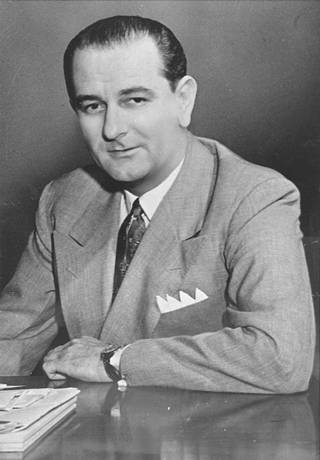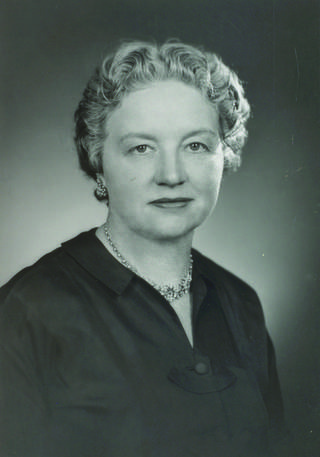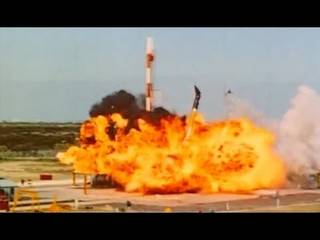The launches of Sputnik 1 and 2 by the Soviet Union in October and November 1957, respectively, and the implied Soviet superiority in missile technology, galvanized the United States. On November 25, the Preparedness Investigating Subcommittee of the Senate Armed Services Committee, chaired by Senate Majority Leader Lyndon B. Johnson (D-TX), began six weeks of hearings on the perceived “missile gap” between the two superpowers. By the time the hearings ended in January 1958, 73 expert witnesses including scientists and engineers provided more than 1,300 pages of testimony, and changed Johnson’s view of space as a battlefield to one with scientific and commercial potential. He could also foresee that space could be used to benefit rural and agricultural communities like those in his home state. Legislative Reference Service analyst Eilene Galloway summarized the results of the hearings: “We changed the perception of the problem from one that was originally only national defense to one that also had beneficial uses from space and meant that we could hope for peace.”


Left: Portrait of then-Senator Lyndon Johnson of Texas. Right: Legislative Reference Service analyst Eilene Galloway.
Less than two weeks later, the spectacular launch failure of the US Vanguard TV-3 rocket, which would have orbited America’s first satellite, in full view of the world press, fueled the urgency of the situation. A month after Johnson’s hearings, both the House and the Senate established committees to look into setting up a civilian space organization to be called the National Aeronautics and Space Administration (NASA). Originally conceived as an Agency, Galloway lobbied successfully to designate it an Administration to give it broader authority to gather resources from other government bodies. Republican President Dwight D. Eisenhower, at first cool to the idea, eventually agreed to the formation of such an organization, and worked with the Democrat-controlled Congress to begin the steps to the creation of NASA. The National Aeronautics and Space Act was passed by Congress and signed by the President in July 1958 and NASA officially opened for business on October 1, 1958.
To read Eilene Galloway’s oral histories, please visit https://www.jsc.nasa.gov/history/oral_histories/NASA_HQ/Herstory/Gallowa…



























